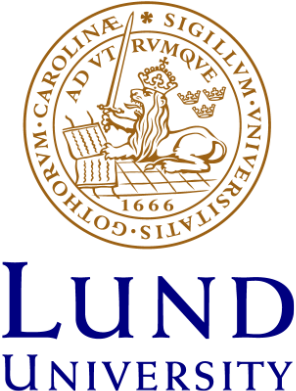Bioeconomy
Sweden has all the right ingredients, both technically as well as in the form of available natural resources, to create a competitive bioeconomy with complex biorefineries and production of green chemicals. There are, however, many other important aspects that affect the development of a bioeconomy. These can be political decisions and regulations, corporate culture, the research climate, and how
https://www.lubirc.lu.se/summary-research/bioeconomy - 2025-08-01
